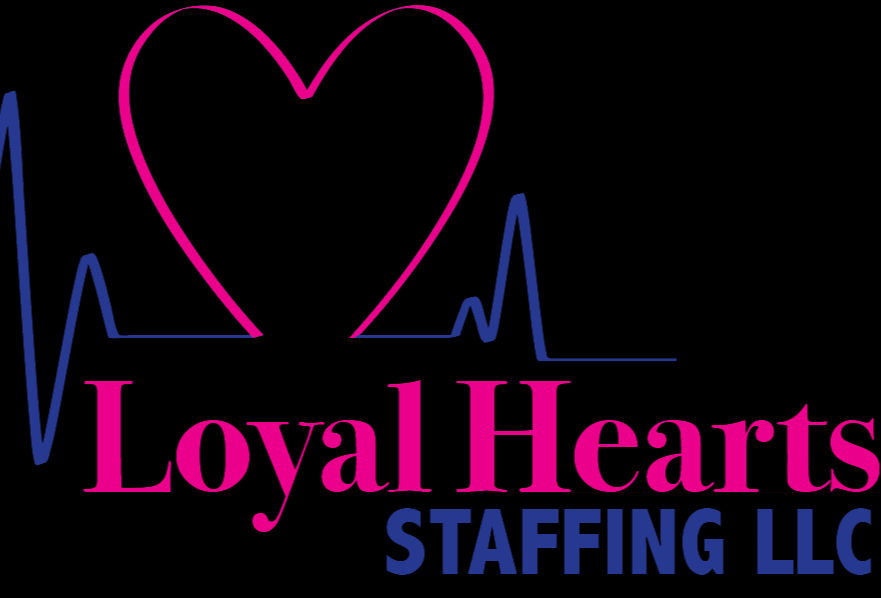General rules in the management of oxygen therapy
- April Swanson

- Nov 29, 2022
- 2 min read
Therapeutic use of oxygen performed by the nurse for the proper administration of oxygen, at a concentration or pressure greater than that of the ambient atmosphere, and the monitoring of its effectiveness.
Objectives:
– Administer to the patient the necessary and prescribed oxygen concentration to improve the respiratory status. – Prevent injury due to ventilatory deficit.
Equipment:
– Wall-mounted oxygen inlet or oxygen cylinder. – Flow meter. – Oxygen tubing. – See equipment for secretion aspiration procedure.
Equipment:
– Variable concentration oxygen mask. – Nasal goggles. – Oxygen tent. – Non-sterile gloves. – Disposable humidifier. – See secretion aspiration material. – Nursing records.
Procedure:
– Perform hand washing. – Prepare the necessary material. – Preserve the patient’s privacy. – Inform the patient and family of the need to administer oxygen and the safety precautions related to the use of oxygen. – Ask the patient and family to cooperate. – Connect disposable humidifier and check water level. – Connect the system to be used and check that oxygen is flowing. – Adjust the prescribed oxygen concentration on the flow meter. – Place the patient in the most appropriate position, semi-fowler if possible. – Put on disposable gloves. – Remove oral, nasal and tracheal secretions, if applicable. – Periodically check the oxygen delivery device to ensure that the prescribed oxygen concentration is administered and that safety measures (e.g., no smoking, etc.) are being followed. – Check the efficacy and effectiveness of oxygen therapy, assessing the color of skin and mucous membranes, respiratory rate, and blood gas values. – Watch for signs of oxygen toxicity and skin erosions in the friction zones of the oxygen devices. – Keep oxygen delivery device (mask, nasal goggles, etc.) clean. – Collect the material. – Remove gloves. – Perform hand washing. – Record in nursing documentation: procedure, reason, start date and time, volume, incidents and patient response.
Observations:
– In patients with chronic airflow obstruction a low flow oxygen system is essential. – At low oxygen flows (<4lpm) the use of humidifiers is unnecessary. – Pulse oximetry is a useful technique for monitoring the efficacy of the oxygen therapy administered. – The humidification and oxygen delivery device should be changed every 48 hours. – Ensure that the patient does not remove the mask, goggles, etc. for any longer than necessary. – If the patient is able to ambulate, provide an extension cord. – The efficacy of oxygen administration should be assessed more in terms of the effect on tissue oxygenation than on arterial gas values. – Normal arterial values: PCO2 35-45 mmHg, PH 7.35 to 7.45, SatO2 95-98%.








Comments